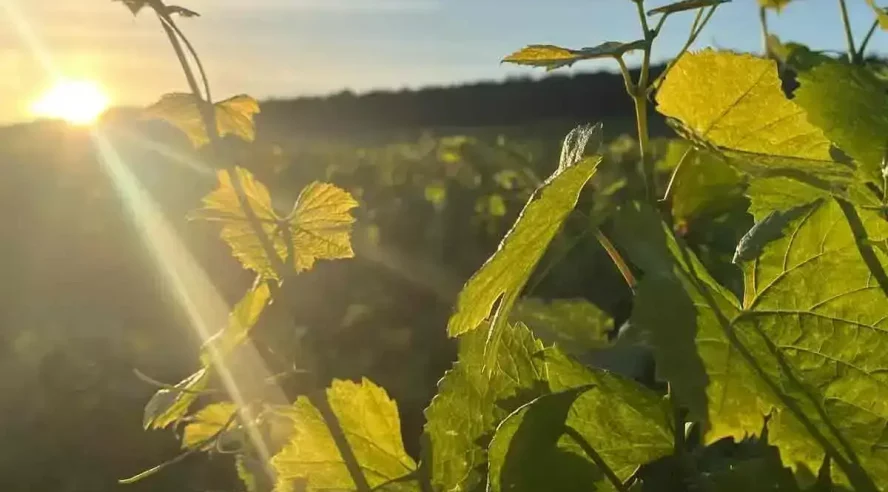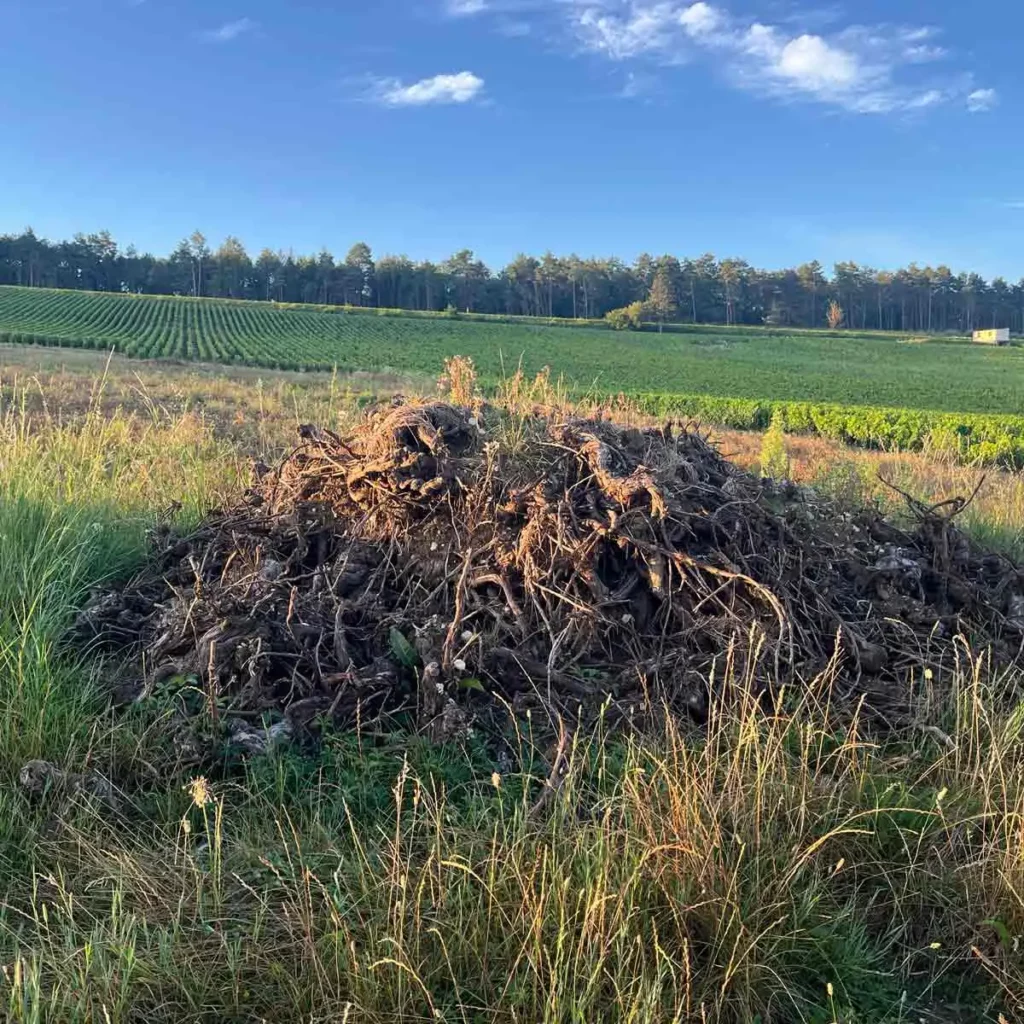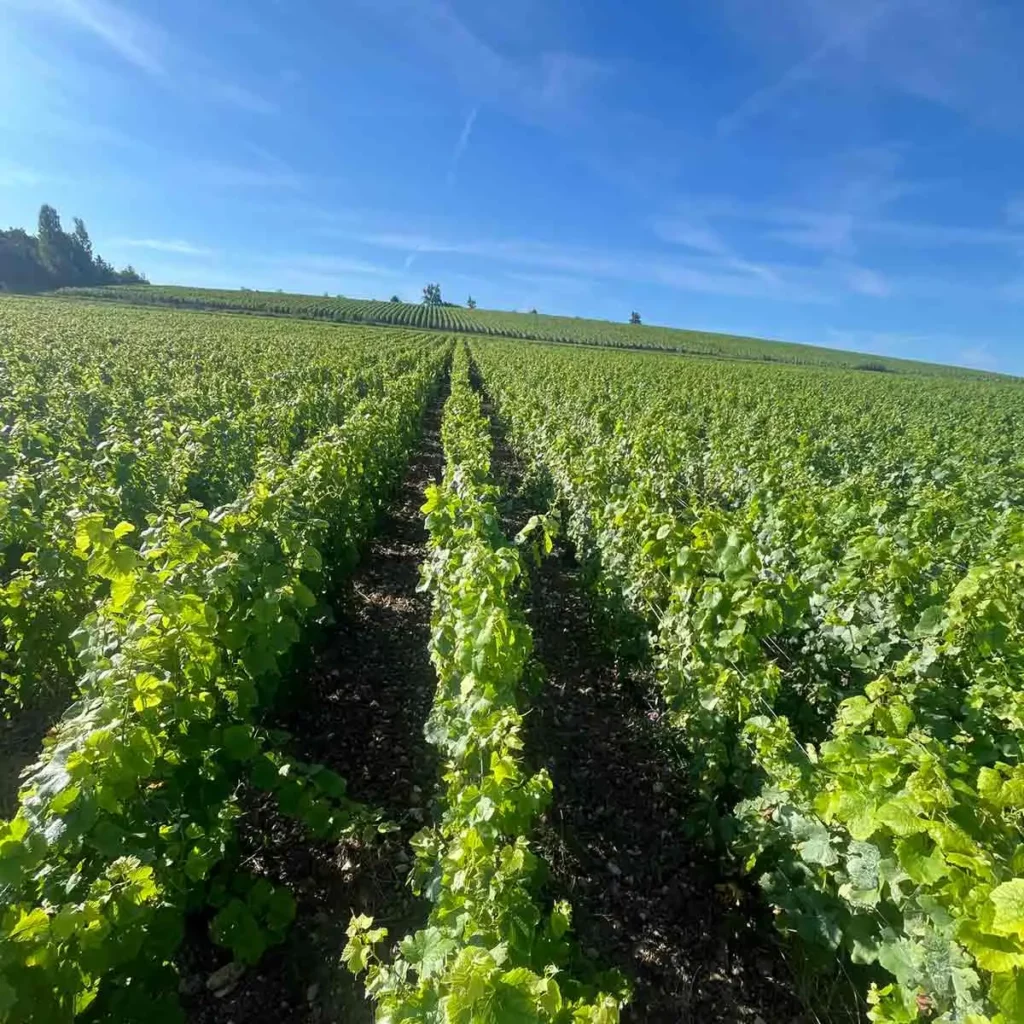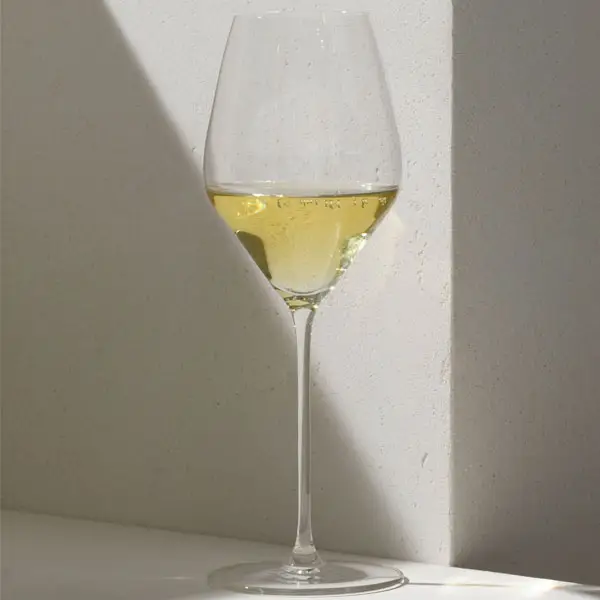
As prestigious as the champagne industry is, it still faces three major challenges: sustainable development, the appellation contrôlée and new consumer trends. Whether it’s the major houses, cooperatives or individual winegrowers, they all have to meet these new challenges if they are to continue to grow.
The effects of climate change on vines are clearly visible: harvests come earlier, yields fall, buds freeze, incessant rainfall occurs throughout the year, and dreadful heat can occur at harvest time.
Sustainable development can no longer be ignored. Houses are developing and adopting innovative practices to produce, package and distribute their products in a more sustainable way, in order to preserve the Champagne heritage. However, these initiatives require considerable investment, often out of reach for smaller operations.


“Champagne can only be produced in Champagne.”
The uniqueness of Champagne lies in its appellation d’origine contrôlée (AOC), now recognized and protected in over 130 countries thanks to the daily efforts of the Comité Champagne. This gives Champagne wines their unique and prestigious character. “It guarantees consumers that they are indeed drinking Champagne, and that it meets their legitimate demands for excellence.”
However, what is a strength is also a challenge. The appellation restricts the expansion of production, limiting the volumes available.
Faced with an increasingly demanding clientele, Champagne houses are seeking to evolve their image to become more modern and less elitist.
Behind every bottle of champagne, today’s consumers demand responsibility, modernity and quality, as well as history and an authentic experience. Beyond the wine itself, as exceptional as it may be, champagne must embody a true “voyage” and reflect the richness of the Champagne region, its know-how, its environmental and social responsibility, and its excellence.

Preserving its international prestige while consolidating its market share in France, and building consumer loyalty, are among the major challenges facing the Champagne industry. Champagne is facing increasing competition from other sparkling wines such as Prosecco, Cava and Crémant, which are often more affordable.
Adding value is also one of Champagne’s major challenges. Faced with the volume constraints associated with the appellation, price trends seem to be essential for the development of Champagne wines. ” If we don’t make progress on volumes, we’ll have to make progress on price, on the value of the bottle“, says one industry expert.
Today, whether consolidating market share or enhancing the value of their wines, winegrowers, cooperatives and wineries are all working hard to meet these challenges and ensure their development.
Sources: Flavie Mamin 2024 Master’s thesis and Comité Interprofessionnel des Vins de Champagne (CIVC).